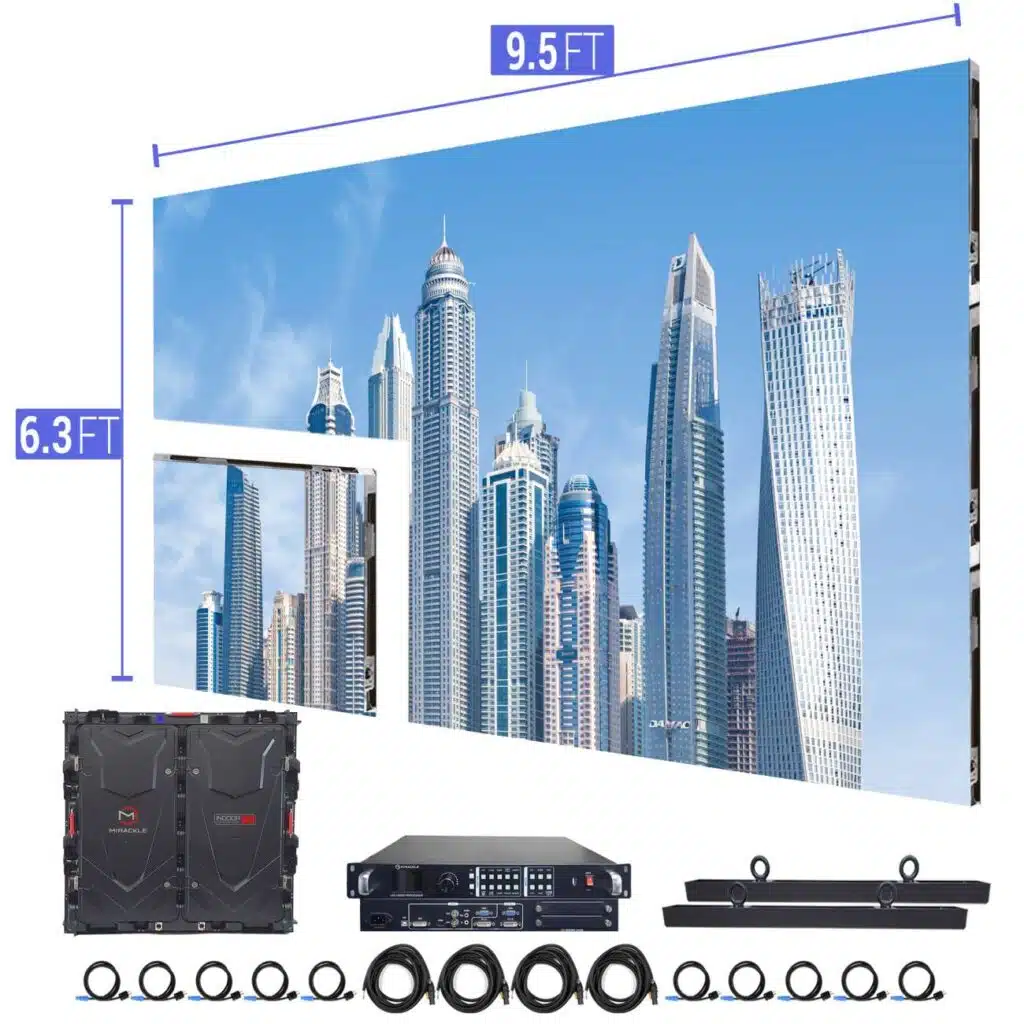
A common kind of Light Emitting Diode display wall solution is the directly viewed LED. This technology uses separate LED modules which are arranged closely in proximity to create a big screen. Direct view Light Emitting Diode screens are recognized for their elevated brightness and lively hues, making them ideal for external activities and brightly illuminated settings. They also have a broad viewing angle, allowing indicating that people can see the screen distinctly from various locations. Such renders directly viewed LED walls a favored option for stadiums and outdoor events.
Another type of Light Emitting Diode display screen technology is the LED illuminated LCD. This technology merges conventional LCD displays and Light Emitting Diode backlighting to enhance brightness and color accuracy. LED-backlit Liquid Crystal Displays are commonly utilized in indoor settings, including shopping malls as well as meeting spaces. These displays provide excellent visual quality and are generally more affordable than directly viewed Light Emitting Diode next walls. Nonetheless, they may often perform as well in bright settings, since the backlighting can sometimes dull the hues.
Another thirdly option is the Organic Light Emitting Diode display screen. OLED technology offers exceptional differentiation as well as hue richness compared to other types of displays. Every pixel in an OLED screen emits its own luminescence, enabling for true blacks and vibrant colors. This renders Organic Light Emitting Diode display screens especially attractive for uses which require high-quality images, including gallery exhibitions and luxury shopping outlets. However, Organic Light Emitting Diode solution can be costlier expensive while may not be as bright as direct view LED walls, making it less appropriate for external applications.
In addition to the aforementioned options, there are also various uses for Light Emitting Diode display walls. They can be used for advertising, amusement, as well as information display. For example, businesses often utilize Light Emitting Diode video walls for electronic advertising to attract customers and advertise goods. In amusement, these displays enhance the sight encounter at music events and gatherings, offering lively backgrounds as well as captivating visuals. In business environments, LED video screens can be used for demonstrations, visual conferencing, as well as educational programs, helping to communicate data in a visually attractive manner.
To summarize, LED display screens are available in various technologies, each having its unique advantages and uses. Directly viewed LED screens are ideal for outdoor applications, whereas LED-backlit Liquid Crystal Displays are more appropriate for interior environments. OLED display walls offer superior visual quality yet may be at a higher price. Understanding these variations can assist organizations to make knowledgeable decisions about the best kind of Light Emitting Diode video wall most meets their requirements, whether for advertising, amusement, or business applications.